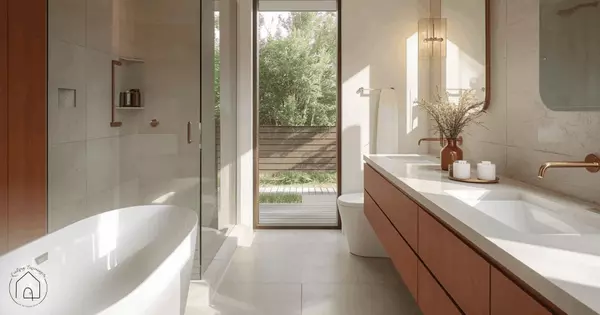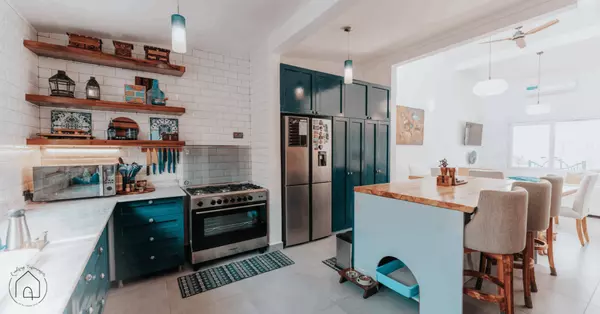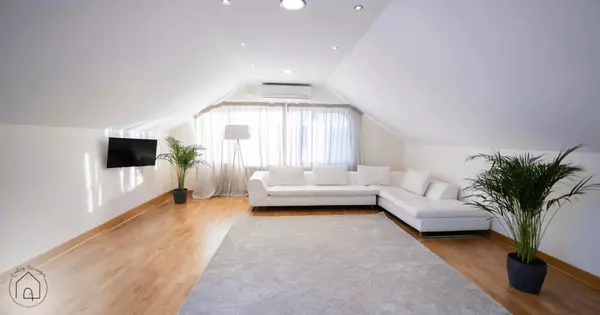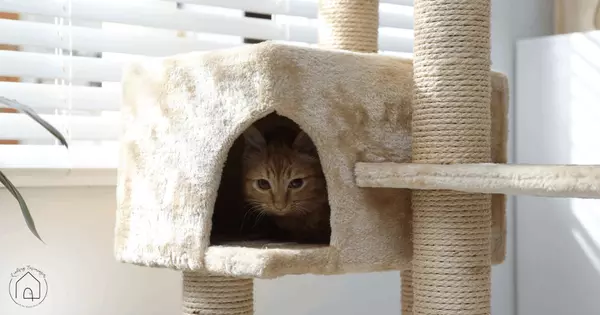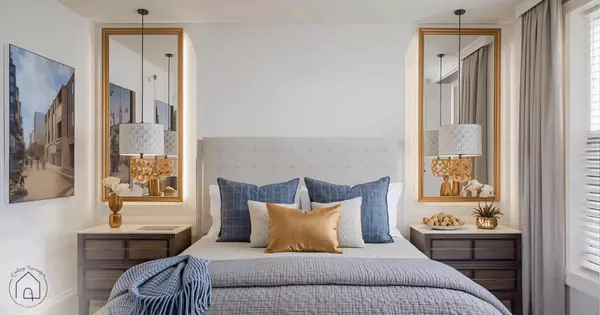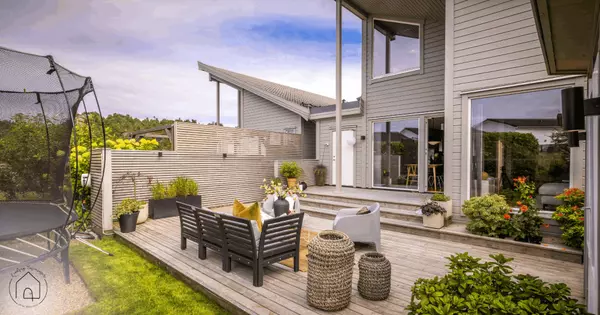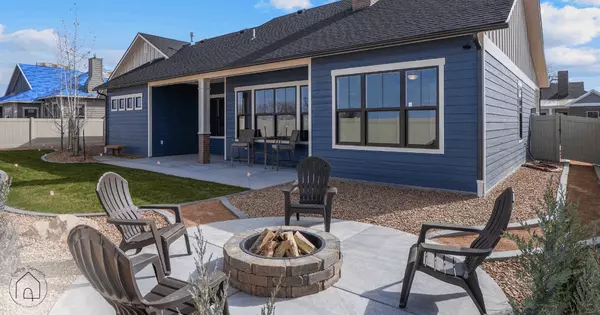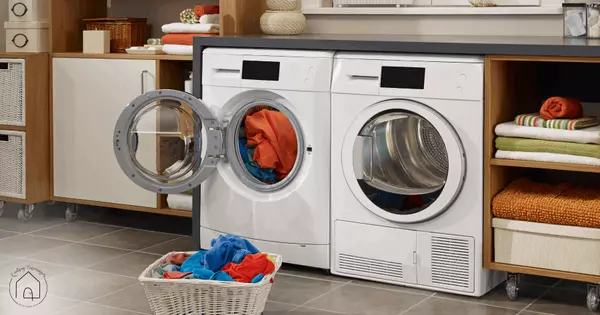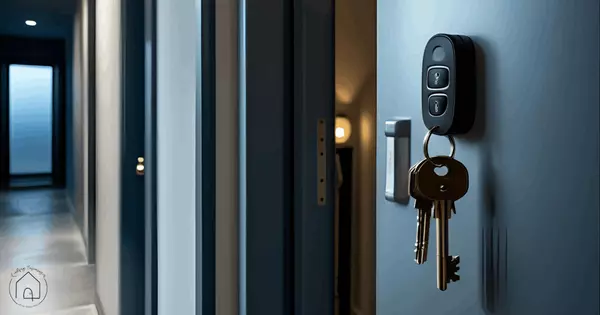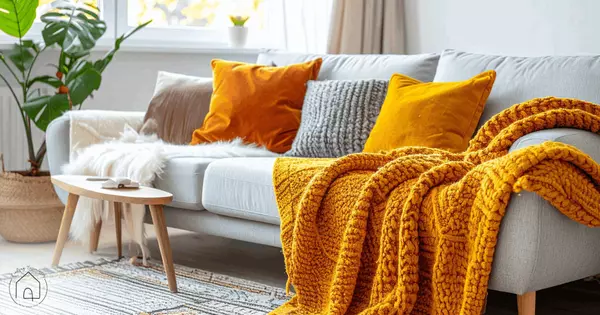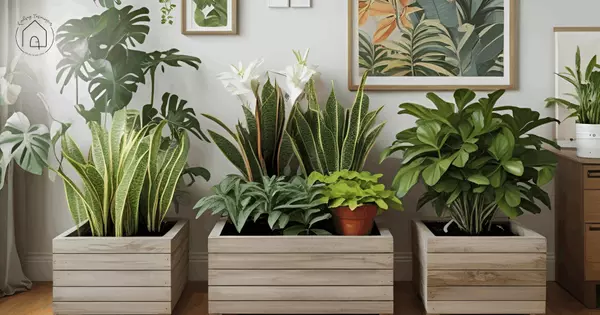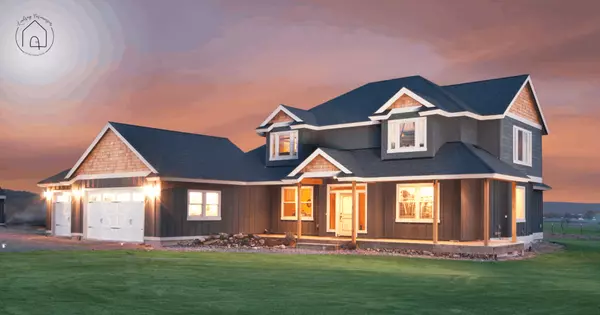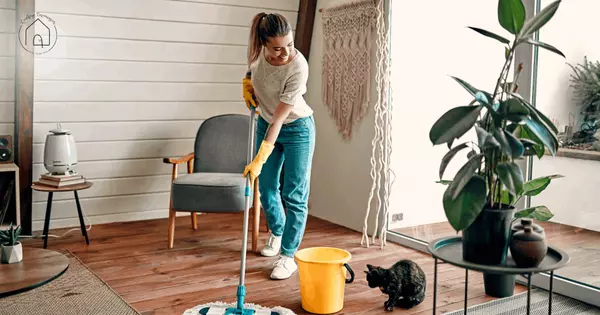How to Build a Pet Feeding Station at Home
A pet feeding station keeps food and water organized. It helps prevent spills and makes mealtime easier. Start by deciding the location, preferably on a flat surface. Consider the number and size of your pets. Measure bowls and space needed to avoid crowding. Choose materials that are easy to clean,
Creating a Plant Shelf in Windows
A plant shelf in a window gives your plants the light they need while saving valuable space. It also adds a calm and fresh look to your home. Start by choosing a window that gets steady light throughout the day. Make sure the sill is wide enough to support brackets or a mounted shelf. Measure the ar
Rust-Free Bathrooms and Kitchens Made Easy
Rust in bathrooms and kitchens is common because of constant moisture and metal exposure. It can form on faucets, drains, or under sinks where condensation collects. Preventing it starts with managing humidity and keeping surfaces dry. Always wipe metal fixtures after use to remove water spots. Usin
Combining Function and Style on Open Shelves
Open shelving can make a kitchen feel more spacious and functional when styled thoughtfully. Start by deciding what belongs on the shelves and what doesn’t. Everyday items like plates, bowls, or glassware work well because they’re both practical and neat. Grouping similar items keeps the look organi
Home Decor Ideas With Bamboo Materials
Bamboo composites are becoming a popular choice in home decor. They combine bamboo fibers with other materials to create durable and sustainable products. Homeowners are drawn to them for flooring, furniture, and accent pieces. The material is known for its strength and natural look. Unlike traditio
Converting Storage Attics Into Usable Rooms
Attics often go unused, but they can be transformed into valuable living space with the right approach. Before starting, check the structural condition of the attic. Floors must be strong enough to support regular use. Ceilings should provide enough headroom for comfort. Building codes may also requ
Simple Ideas for Cat Climbing Areas
Cats enjoy climbing, and giving them their own space can help protect your furniture. A climbing corner provides both entertainment and exercise. Start by choosing a corner that is safe and out of the way. Avoid areas with breakable items or heavy foot traffic. Look for spots with enough vertical he
Bedroom Design With Pendant Lamps
Lighting plays an important role in bedrooms. It affects how the space feels and how well it functions. Pendant lamps are one option that many homeowners overlook. They can provide both style and practicality when used thoughtfully. Hanging pendants save space on nightstands by replacing table lamps
DIY Planter Boxes for Your Patio
Building your own planter boxes is a simple project that can improve your patio space. You don’t need advanced skills or expensive tools to get started. A basic box can be built with a few pieces of wood, screws, and a drill. If you want something more durable, cedar or redwood are good choices beca
A Simple DIY Firepit Table for the Backyard
An outdoor firepit table can be both functional and inviting. Building one with pavers is a project many homeowners can handle themselves. Pavers are sturdy, easy to find, and available in different shapes. The process does not require advanced tools, making it more approachable. Before starting, ch
Making Laundry Day More Efficient
Laundry is a task that every household faces, but small changes can make it easier to manage. Sorting clothes into separate hampers for whites, colors, and delicates can save time on laundry day. This way, you can load the machine without sorting through piles. Keeping laundry supplies in one place
DIY Magnetic Key Holders That Keep You Organized
Keeping track of your keys can be frustrating, especially when you're rushing out the door. A magnetic key holder offers a simple solution that keeps your keys in one place. You don’t need fancy tools or experience to make one. All it takes is a small piece of wood, a few magnets, and some creativit
Choosing Throw Pillows That Actually Work
Throw pillows can change the look and feel of a room in a few seconds. They add comfort, color, and texture without much effort. Start by thinking about the purpose of the space. A bedroom may need soft, calming colors, while a living room might benefit from bold patterns. Look at your existing furn
Indoor DIY Planters You Can Make This Weekend
Planter boxes bring life indoors, and making them yourself adds a personal touch. You don’t need advanced tools or materials. Basic wood, a hammer, nails, and a saw will do. Start by measuring the space where the box will go. Sketch your design before cutting any wood. Keep it simple, especially if
Pet-Proofing: What You Might Be Missing
Pets rely on us to make their environment safe. Many common household items can pose hidden risks. Wires, cords, and small objects can easily be chewed or swallowed. Block off unsafe areas like garages or storage rooms. Watch for plants that could be toxic if eaten. Some cleaning supplies can harm p
Create a Cozy Outdoor Glow on Your Own
Lighting your outdoor space doesn’t have to be expensive or complicated. Simple projects can make your yard more inviting. One popular option is solar-powered lights. They charge during the day and glow at night with no wiring needed. You can place them along walkways or around a patio. String light
Graduation Party Ideas You Can Do at Home
Hosting a graduation party at home is a great way to celebrate a big milestone. Start by picking a date and time that works for most guests. Decide whether you want an open house or a set schedule. Choose a space — indoors, outdoors, or both — based on the weather. Set up a simple theme with school
Keeping Pets Safe During Home Renovations
Home renovations can be noisy and stressful for pets. Before starting any work, think about where your pets will stay. Choose a quiet room far from the work zone. Make sure it has their bed, food, and water. If possible, keep them in a room with a closed door. Let them explore the area before the wo
Keep Your Home Tidy with These Daily Habits
Keeping your home clean doesn't require hours of effort if you develop a few helpful habits you can follow each day. Starting small, like making your bed every morning, helps create a feeling of order and can set a productive tone for the rest of your day. After meals, take a minute to wipe down cou
Managing Household Spending One Step at a Time
Keeping track of household expenses helps you avoid stress. Start by listing your monthly income and fixed bills. Include rent or mortgage, utilities, and other regular costs. Don’t forget smaller things like subscriptions or memberships. Then look at flexible spending, like groceries and gas. Track

Lindsay Eisiminger
Phone:+1(720) 934-0343





